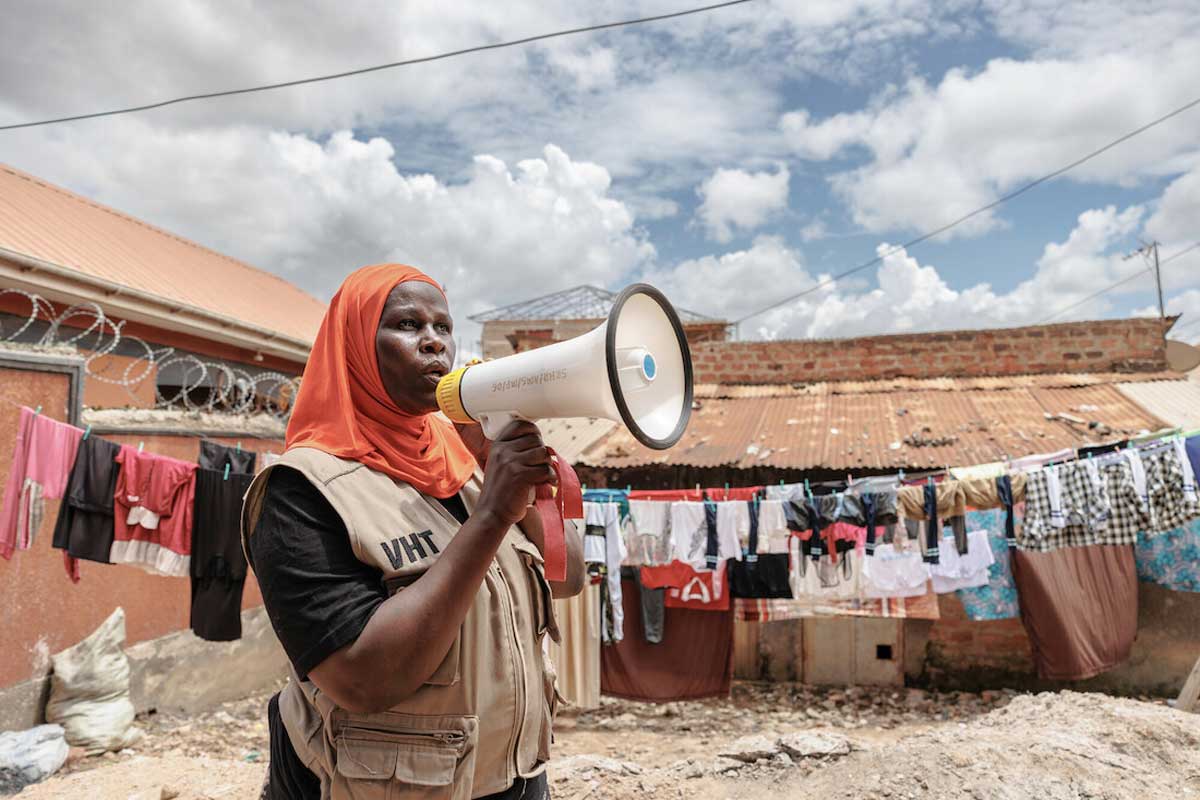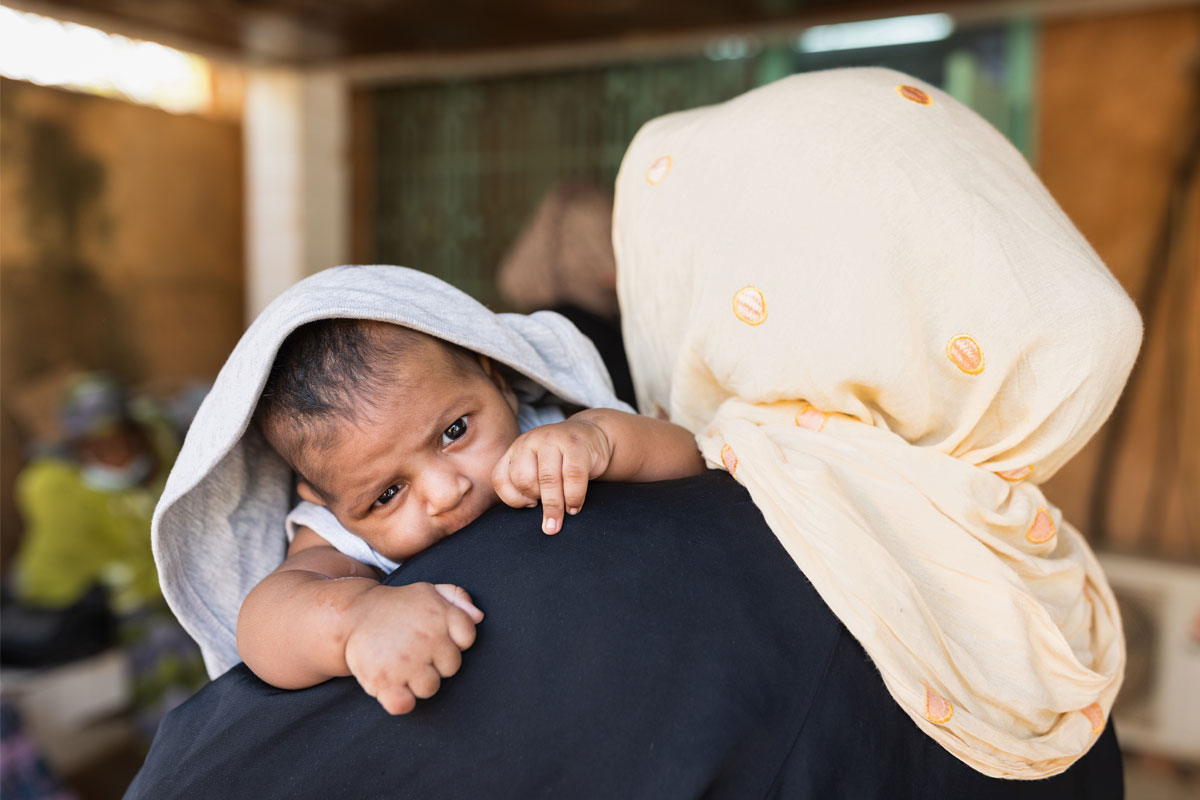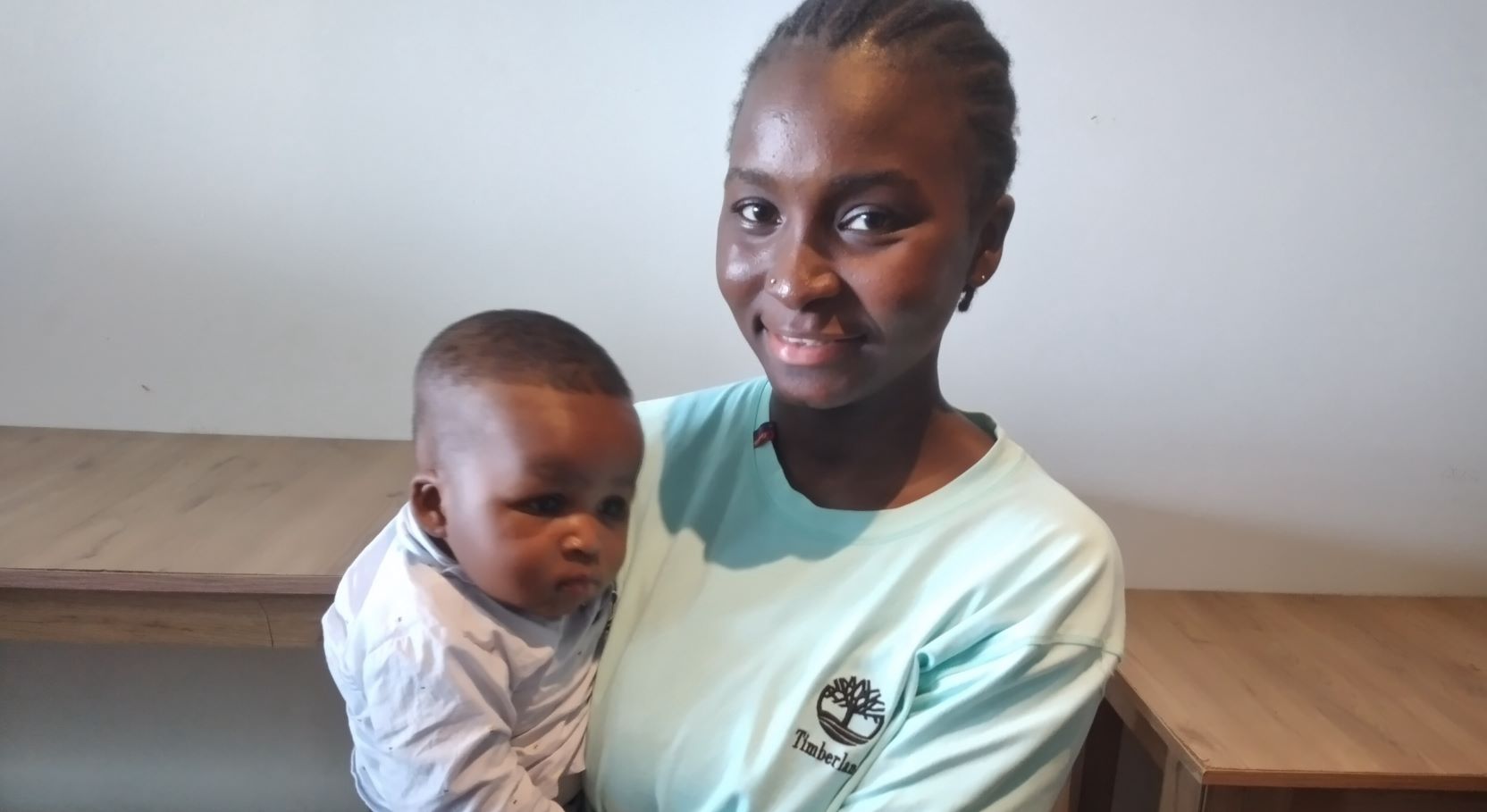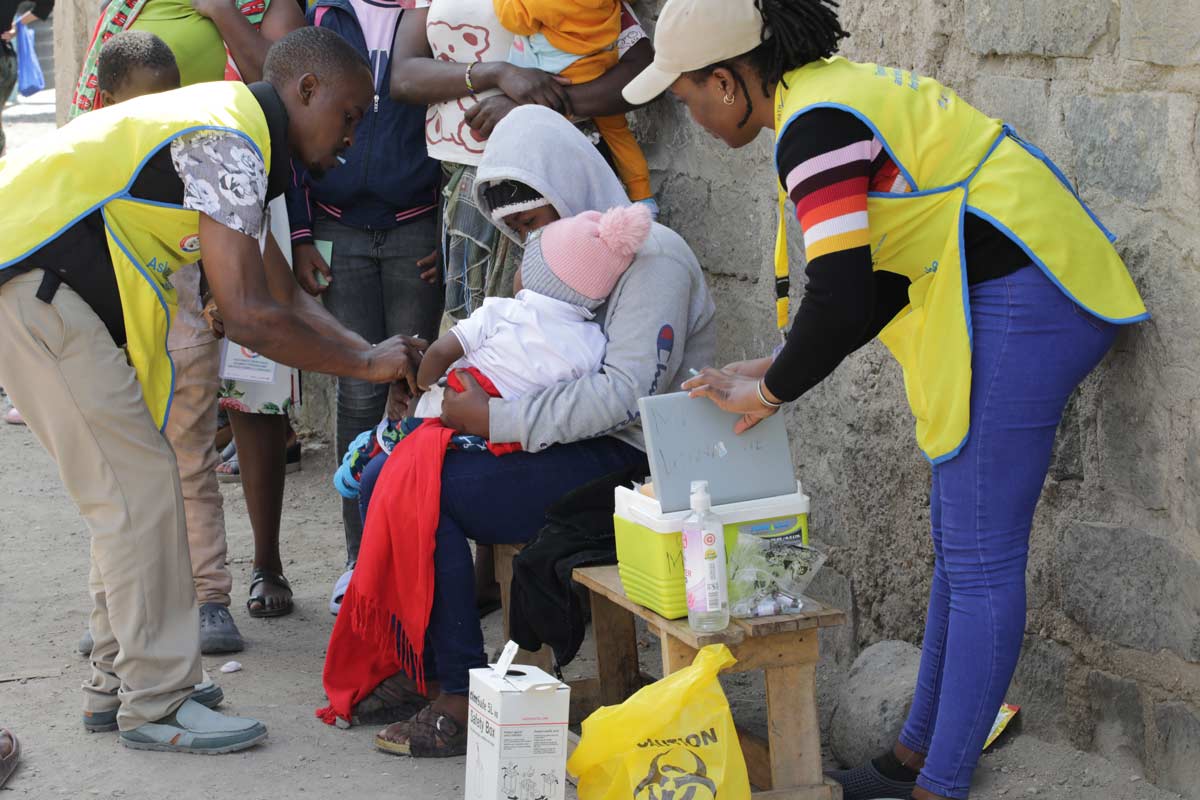How can Gavi better reach the unimmunised? Here are 11 opportunities and risks
An independent evaluation encompassing eight Gavi partner countries has set out the opportunities and challenges Gavi faces in reaching the hardest to reach with immunisation. Here’s what they found.
- 2 July 2024
- 7 min read
- by Anderson Amaechi , Audrey Beaulieu , Nathalie Gons

For more than two decades, Gavi and its Alliance partners have helped vaccinate over a billion children in the lower-income countries around the globe, preventing over 17 million future deaths. Despite this tremendous progress, there were still an estimated 9 million children who have never received any vaccines (referred to as “zero-dose children”) in Gavi-eligible countries in 2019.
Against this backdrop, Gavi decided to further mainstream equity as a lynchpin in its fifth strategy which underpins the broader “leave no one behind” ambition of the Immunization Agenda 2030 (IA2030) global strategy. This agenda places priority and focus on reaching the most marginalised and vulnerable populations to ensure that all children receive all of the recommended routine childhood vaccines.
To enable Gavi to effectively monitor the progress of its contribution to reaching zero-dose children and missed communities, an independent evaluation was commissioned to inform the Gavi Board, Gavi Secretariat and Vaccine Alliance partners how their work is contributing to immunising children in the lowest-income and most marginalised communities in Gavi-eligible countries. This included eight country case studies from Afghanistan, Cambodia, Côte d’Ivoire, Djibouti, Ethiopia, India, Pakistan and South Sudan.
The evaluation aimed to inform programmatic improvements during Gavi’s 2021–2025 strategic period and the development of the next Gavi strategy, covering the 2026–2030 period. The first annual report covers Phase 1 (Year 1) of the evaluation, during which the aim was to establish an in-depth baseline in eight case study countries, against which work in future years can be compared. Phase 2 evaluation is underway, and will further generate evidence in relation to key areas to inform the operationalisation of the zero-dose agenda.
Eleven key takeaways have been identified from the country case studies in relation to strengths and opportunities, challenges and risks in Gavi’s contribution to reaching zero-dose children and missed communities.
Strengths and opportunities
1. The flexibility and adaptability of Gavi’s support
Gavi and its Alliance partners make a significant contribution to reaching zero-dose children and missed communities, particularly in lower-income and/or fragile settings, through mechanisms that allow for flexibility and adaptation to immediate needs. In Ethiopia, respondents at the national level highlighted that Gavi’s Targeted Country Assistance (TCA) funding was relevant to Ethiopia’s vaccination needs, and emphasised the adaptability of Gavi’s support, which can be tailored to meet specific challenges as they arise. As emphasised in the Ethiopia Country Case Study (CCS) report, initiatives undertaken during Gavi’s 2016–2020 period have been foundational, especially in building infrastructure and maintaining a focus on key agendas such as reaching zero-dose children.
2. Importance of community and religious leaders
Community engagement, particularly involving religious leaders, has been crucial for increasing awareness and promoting immunisation in challenging contexts such as Afghanistan. The Afghanistan CCS report highlighted improving demand for immunisation services through the mobilisation of religious leaders was one key activity. A national-level representative added that “community engagement and the involvement of religious leaders have been crucial in promoting vaccination in Afghanistan”. This approach leverages the influence of community leaders to foster demand for immunisation services among their community members.
3. Role of partnerships
Strong partnerships have been pivotal in creating robust networks for vaccination activities across different countries. The Côte d'Ivoire CCS report highlighted that the involvement of various stakeholders under a Health System Strengthening (HSS2) grant has enabled a strong platform of actors to carry out vaccination and immunisation activities, engaging a wide range of health and non-health actors at the community-level from civil society organisations (CSOs) and expanded Alliance partners. Partners at various levels work together and share learning, embedding lessons learnt and good practices into different activities. Strong partnerships have been essential in establishing a coordinated approach to streamline delivery and efficiency of zero-dose activities.
4. Significance of cold chain and wider supply chains
Strengthening supply chains and cold chain management is a key focus for ensuring better vaccine delivery, especially to zero-dose communities. In Pakistan, significant efforts have been made to address cold chain equipment gaps. The Pakistan CCS report noted that the three-year Cold Chain Equipment Optimisation Platform (CCEOP) application will contribute to reaching and vaccinating zero-dose children by addressing cold chain equipment (CCE) gaps in the 83 prioritised districts where high numbers of zero-dose children live. Strengthening cold chain infrastructure is a critical component in ensuring effective vaccine delivery, especially in remote areas: these efforts are essential for maintaining vaccine efficacy and coverage.
5. Improvement in vaccine coverage rates and targeted strategies for under-served communities
There have been significant improvements in immunisation coverage in several regions, despite numerous challenges. In South Sudan, for example, coverage rates for the first dose of diphtheria, pertussis and tetanus-containing vaccine (DTP1) and third dose (DTP3) improved from 51% and 45% in 2016 to 76% and 73% in 2022 – with DTP1 used as a proxy for zero-dose children and DTP3 for under-immunised children.
These improvements in vaccination coverage rates, while recognising data limitations, are noteworthy (South Sudan CCS Report).
Additionally, specific strategies have been developed to address barriers faced by communities with higher levels of zero-dose children, ensuring they are reached and then given access to the full course of vaccines. In Cambodia, Gavi’s Equity Accelerator Funding (EAF) supported the development of targeted strategies focusing on four key sub-populations with higher levels of zero-dose children (migrants, ethnic minorities, remote rural poor and urban poor communities) (Cambodia CCS Report). These targeted strategies are crucial for addressing the unique challenges faced by these communities.
Have you read?
Challenges and risks
1. Operationalisation delays and bureaucracy
As reported in the Côte d’Ivoire and Pakistan CCS reports, there were delays in the operationalisation of Gavi’s 2021–2025 strategy due to lengthy Full Portfolio Planning (FPP) processes. Moreover, bureaucratic challenges experienced in Afghanistan, further exacerbated by the country’s fragility, highlighted the need for more streamlined, agile funding application processes (Afghanistan CCS Report). Simplifying and streamlining funding levers and related guidance, tools and processes was one of the recommendations from another Gavi-commissioned evaluation.
Furthermore, some countries face significant procedural and administrative issues related to grant disbursement between the national and sub-national levels. For example, procedures for funding disbursement to implementing entities in Côte d’Ivoire were perceived as laborious by key participants in the evaluation, leading to delays and lower funding utilisation (Côte d’Ivoire CCS Report).
See Evaluation of strategy operationalisation
2. Insufficient data and reporting
A prevalent issue in countries like Côte d’Ivoire and Djibouti is inconsistent and scattered data reporting, which hinders the ability to accurately assess the progress and effectiveness of vaccination initiatives (Côte d’Ivoire CCS Report; Djibouti CCS Report). Additionally, poor data quality and availability impede evidence-based decision-making and programme design, as seen in Djibouti and Ethiopia. Multiple data sources are often required to address these challenges, yet they still compromise effective programme implementation. Moreover, limited access to current data increases the complexity of targeting and district selection.
In India, inconsistencies in district selection for Gavi support based on outdated data impact targeting efficiency (India CCS Report). This complexity of targeting specific regions and populations is a recurring challenge that affects the overall effectiveness of vaccination initiatives.
3. Human resource challenges
Weak human resource capacity, high turnover and lack of operational leadership undermine the effectiveness of immunisation efforts in many countries. Djibouti, in particular, suffers from these issues, affecting evidence-based decision-making and programme design (Djibouti CCS Report).
4. Geographic and access barriers
Geographic and access barriers are significant in countries with conflict areas, such as South Sudan. Most zero-dose children live in these areas with limited access to primary health care facilities, complicating vaccination efforts (South Sudan CCS Report).
5. Community engagement and advocacy
While efforts to engage communities and CSOs)have been noted, there are gaps in effective advocacy and mobilisation. In Côte d’Ivoire, for example, efforts to understand socio-economic barriers did not result in explicit advocacy for the zero-dose agenda (Côte d’Ivoire CCS Report). The timely identification and involvement of CSOs are crucial yet challenging, as observed in Cambodia (Cambodia CCS Report).
6. Fragmented coordination and collaboration
Inconsistent coordination among government departments and partners is a key theme. Djibouti and South Sudan face challenges with fragmented coordination, which impedes effective implementation of vaccination initiatives (South Sudan CCS Report). Better coordination among partners and more flexible funding mechanisms are necessary for improved outcomes.
In conclusion, it is important to note that Gavi and its Alliance partners broadly agree with the conclusions and recommendations (strategic and operational implications) provided in the report of the first phase of the zero-dose evaluation. Additionally, some of the findings and implications within Gavi’s sphere of control are already being actively addressed to enhance Gavi’s effectiveness and impact in reaching zero-dose children and missed communities. The Evaluation Management Response (EMR) presents all actions that are planned to be taken in response to the recommendations from this first phase of the evaluation.
Authors
Anderson Amaechi, Audrey Beaulieu, Nathalie Gons based on the findings from the IPSOS-led independent evaluation.





